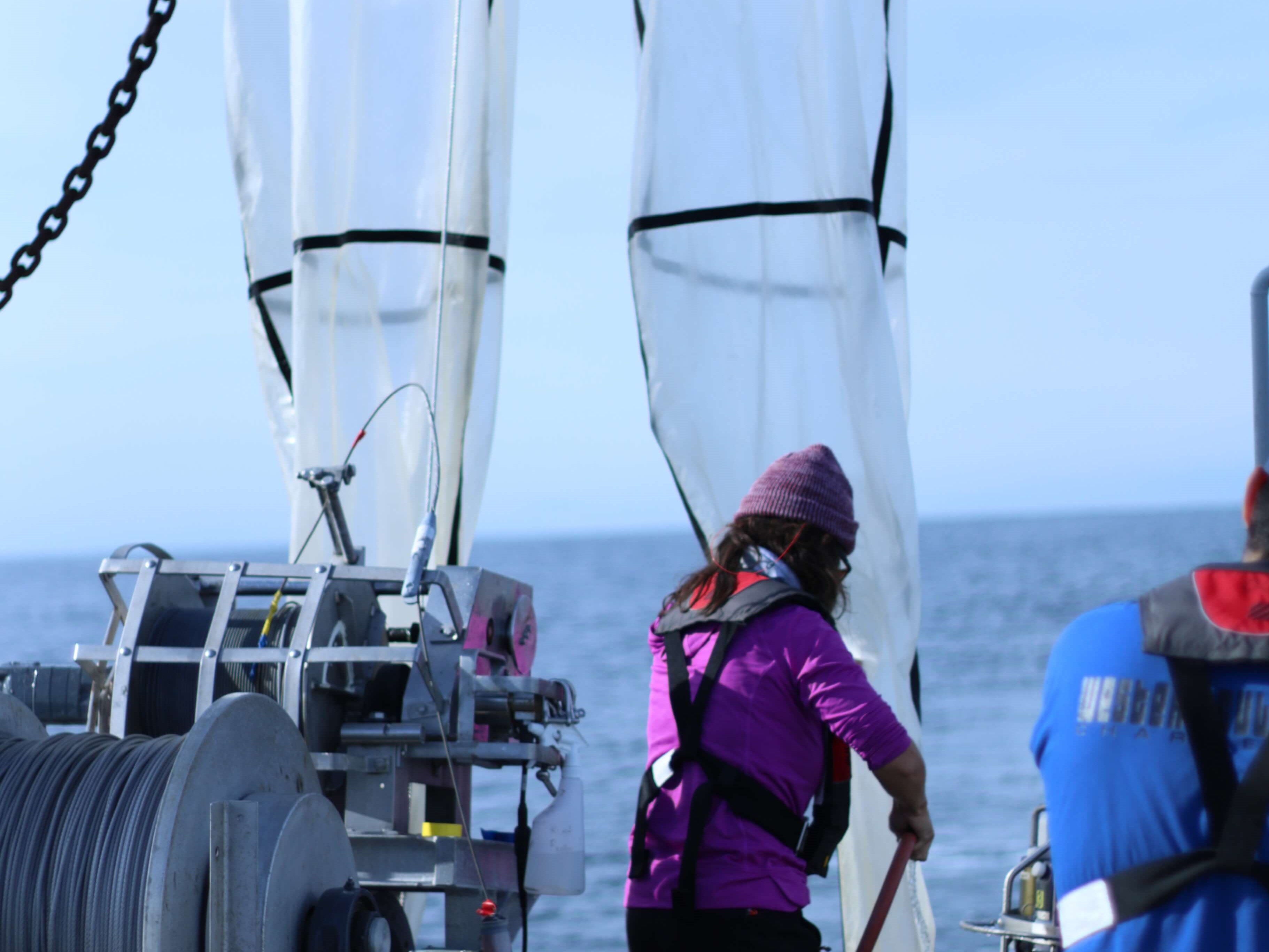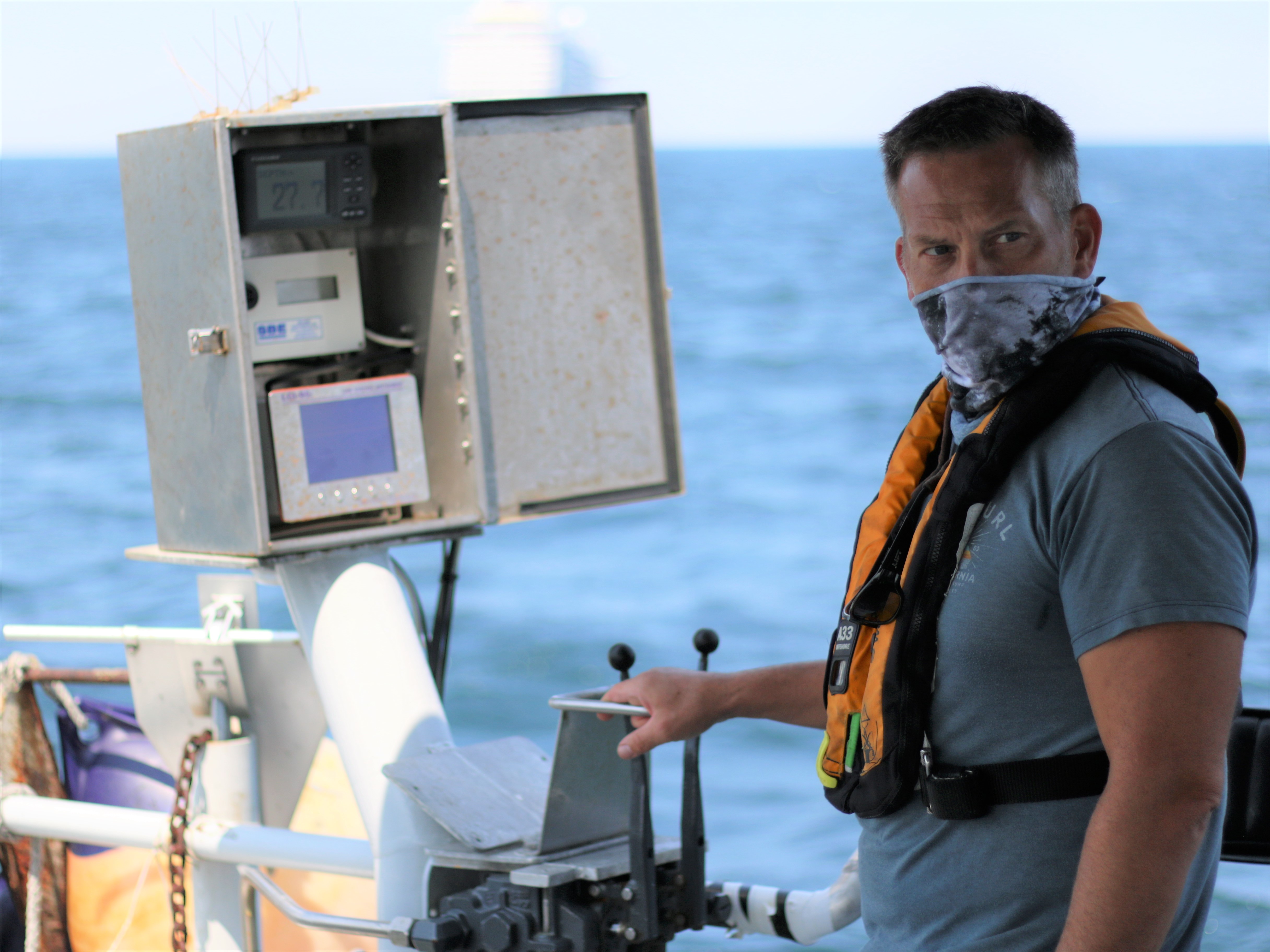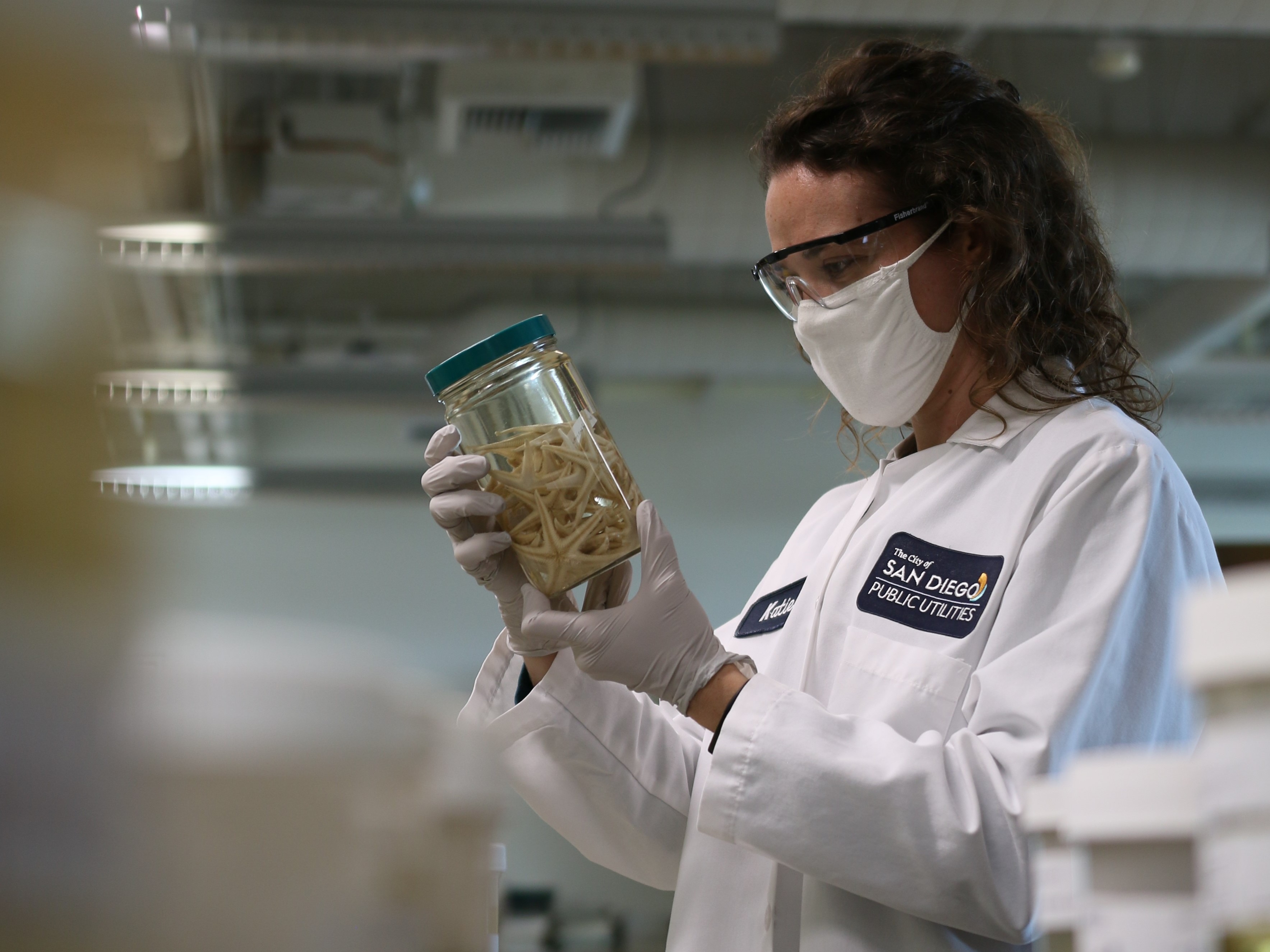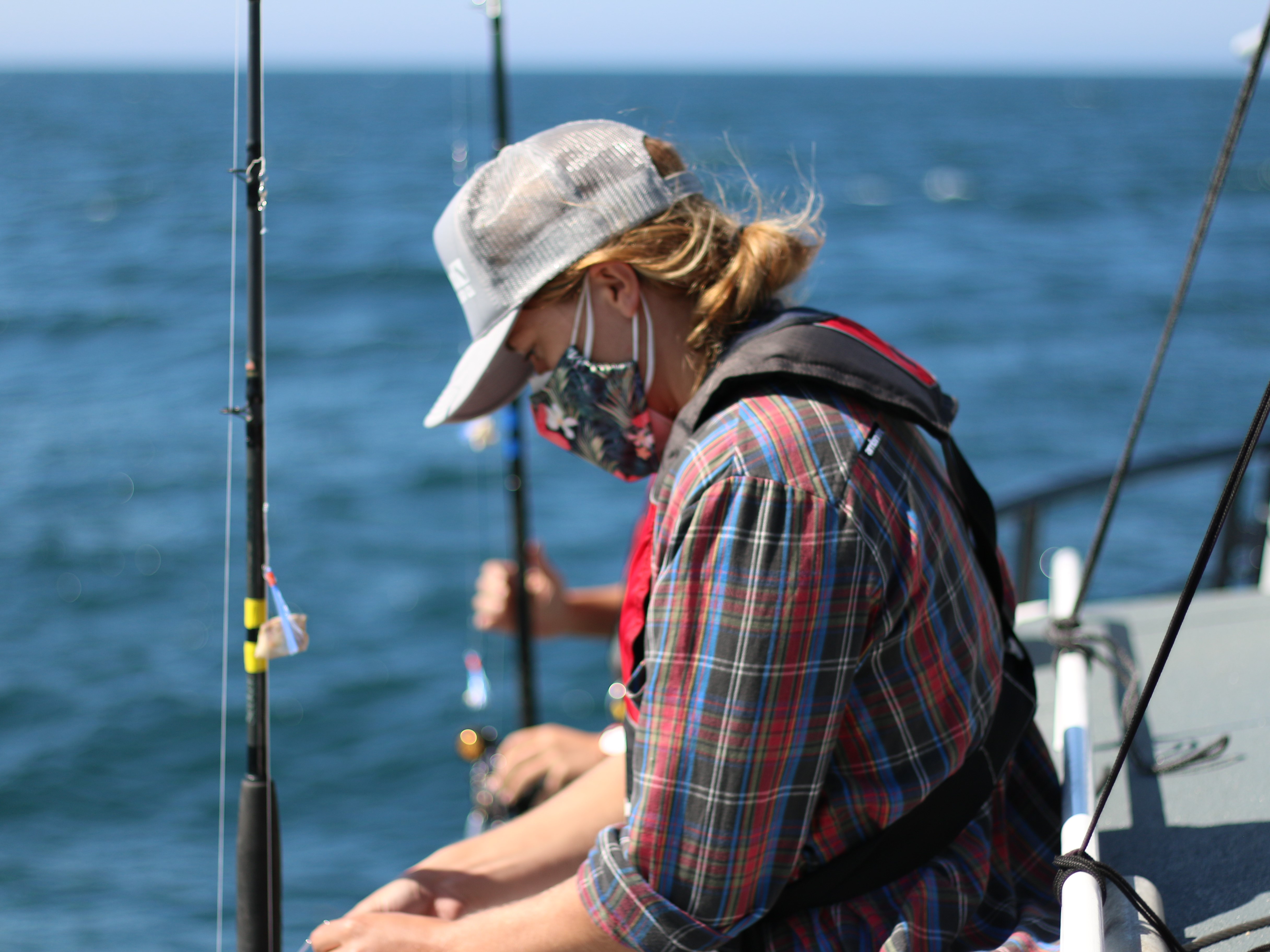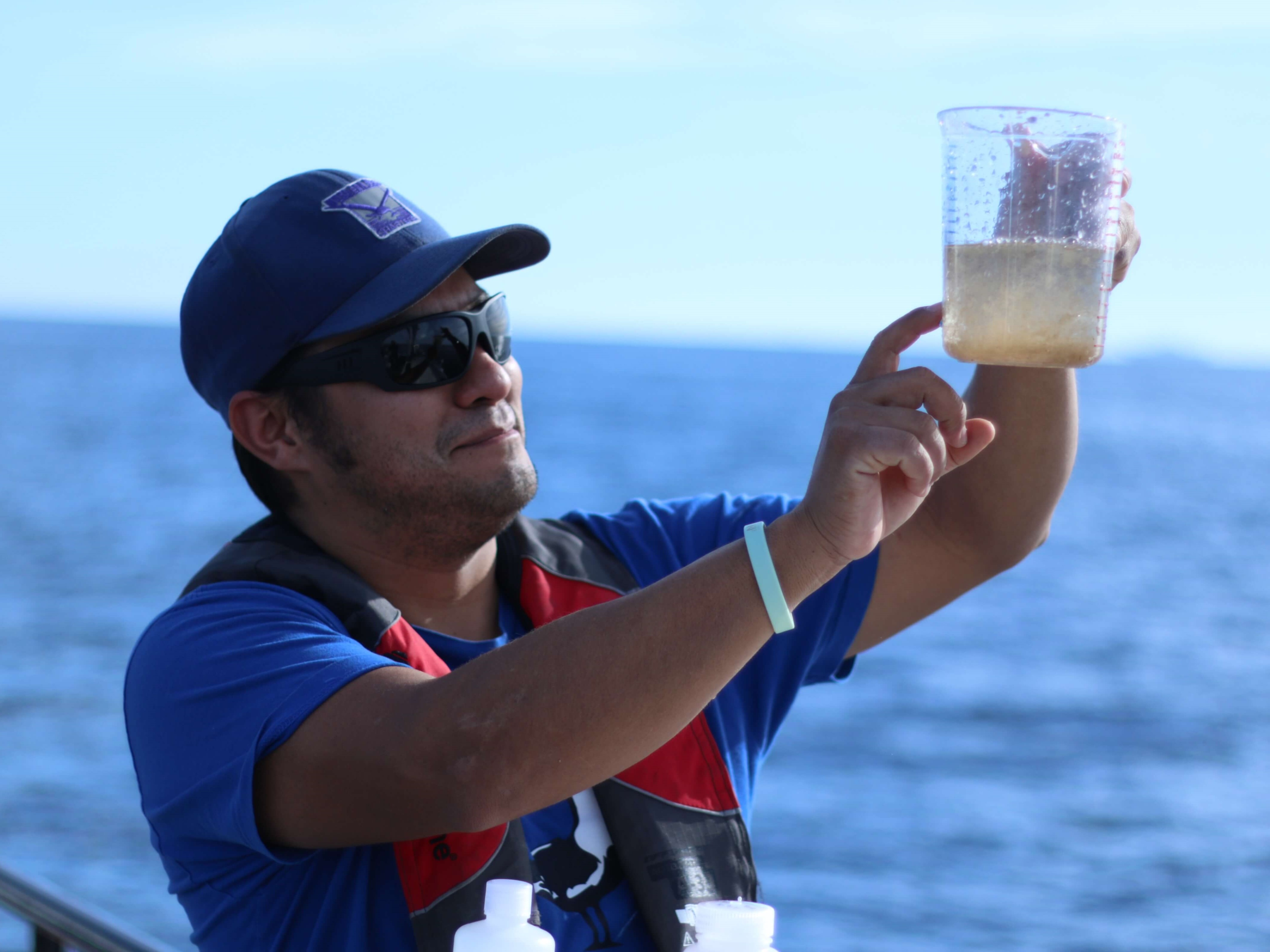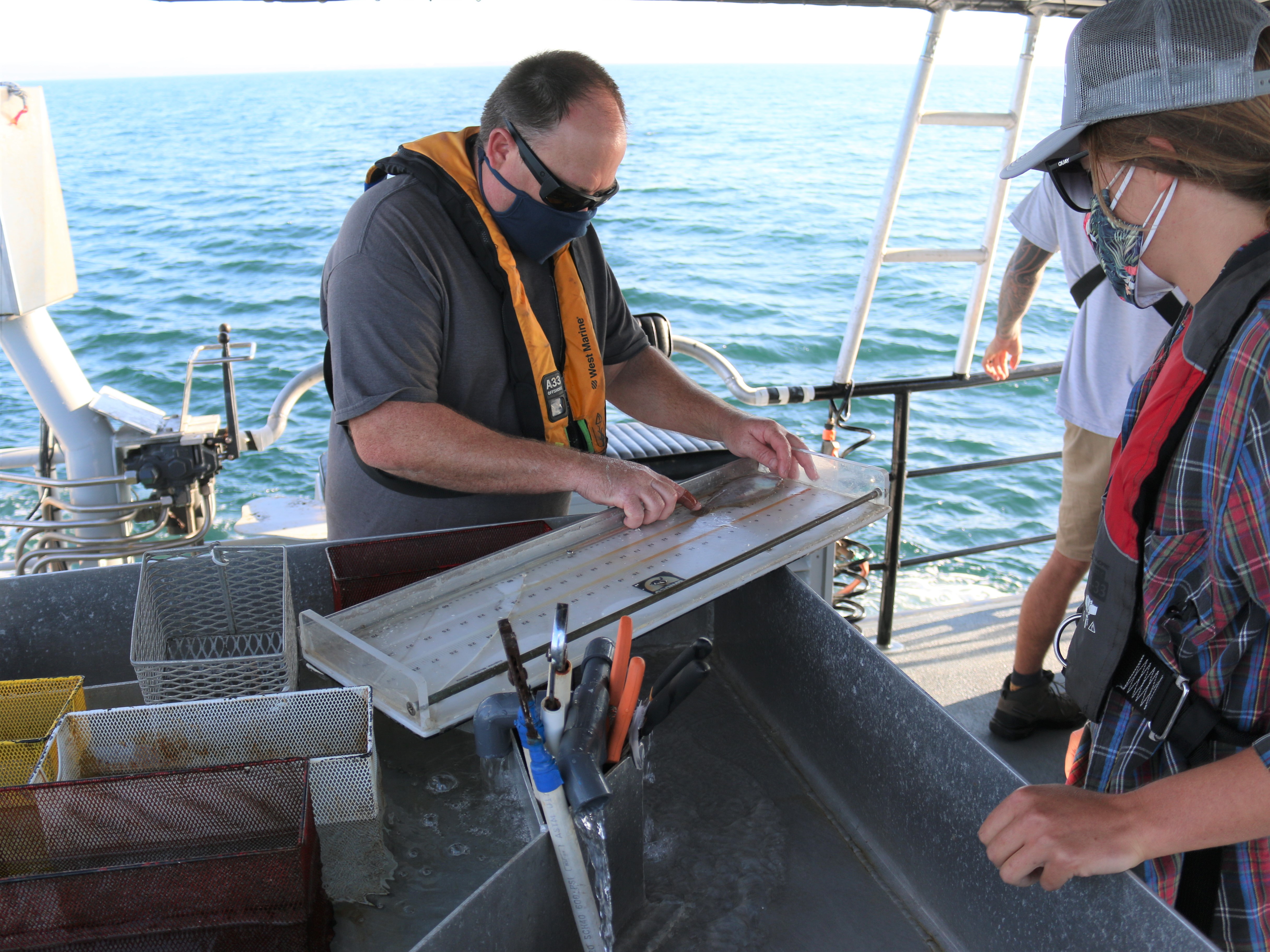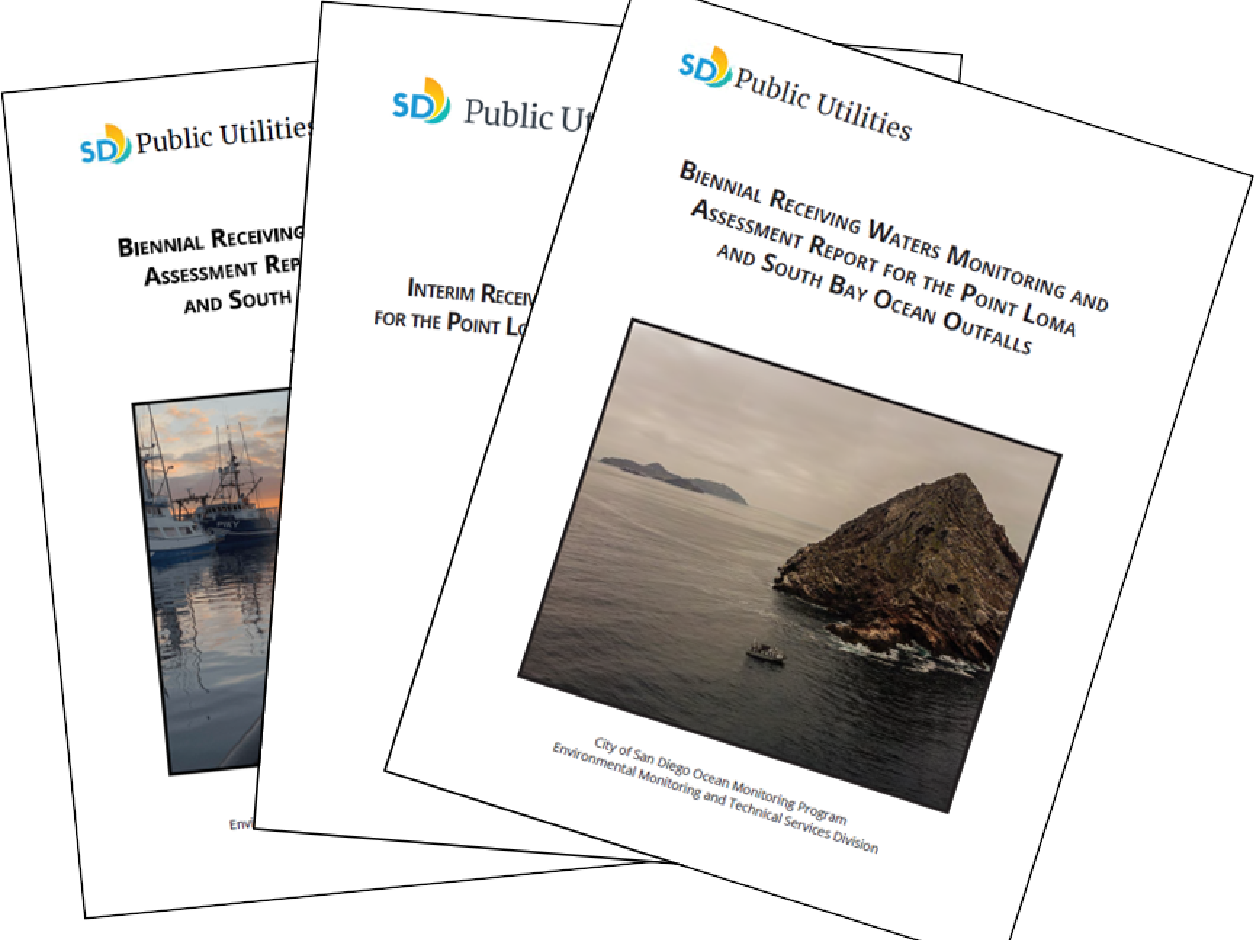Ocean Monitoring
200+
days at sea annually
340
square miles sampled
5,000+
samples collected annually
The Public Utilities Department's Ocean Monitoring Program (OMP) is the preeminent leader in studying the effects of our regional wastewater treatment processes on the marine environment. The OMP covers over 340 square miles—from northern San Diego to northern Baja California, Mexico—from the shoreline to approximately 10 miles offshore and to depths of over 1,600 feet.
The OMP is a requirement of three National Pollutant Discharge Elimination System (NPDES) permits for the City's Point Loma Wastewater Treatment Plant and South Bay Water Reclamation Plant and the International Boundary & Water Commission's South Bay International Wastewater Treatment Plant.
Sampling focuses on the regions surrounding the Point Loma Ocean Outfall and the South Bay Ocean Outfall, where treated wastewater is discharged to the Pacific Ocean via the treatment plants mentioned above. More than 200 sampling days are typically conducted annually utilizing the City's two ocean monitoring vessels. Marine biologists use specialized sampling gear and instruments to collect the wide array of data needed to understand the ecological health of the ocean environment surrounding the outfalls and identify potential health concerns associated with the recreational use of San Diego's coastline.
Main Objectives
- Document changes in the marine environment.
- Determine the quality of recreational waters.
- Differentiate between natural and anthropogenic changes.
- Measure compliance with state and federal regulations.
- Protect San Diego's marine environment.



